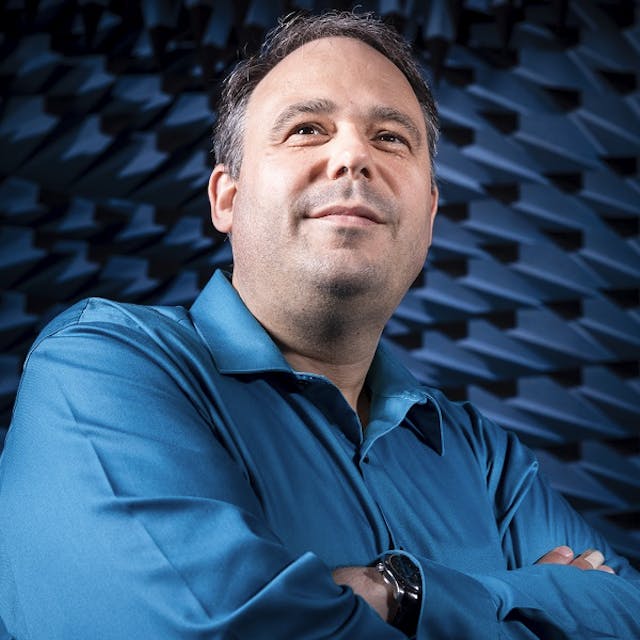Blog Article
SwissChips Initiative: A boost for the Swiss Chip industry
- Alain-Serge Porret
- February 14, 2024
- Reading time : 9 min9 min

The SwissChips Initiative, spearheaded by CSEM, EPFL, and ETH Zurich, promises advancements in design and production, catapulting Switzerland to the forefront of the global semiconductor arena. By fostering collaboration between academia and industry, the initiative aims to drive innovation and economic growth. Alain-Serge Porret, Vice-President and Head of Integrated and Wireless Systems at CSEM, explains the latest breakthrough in Swiss chip technology.
Was this article helpful to you?
